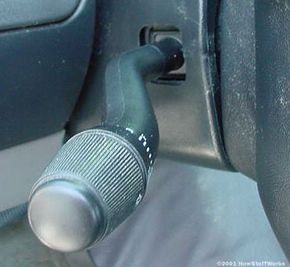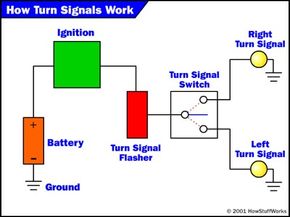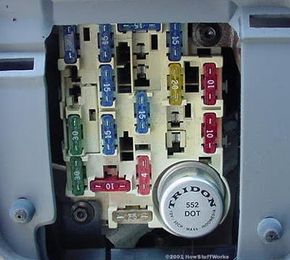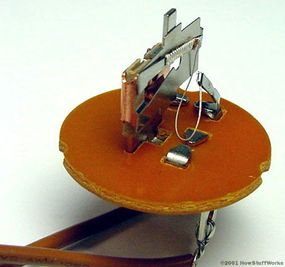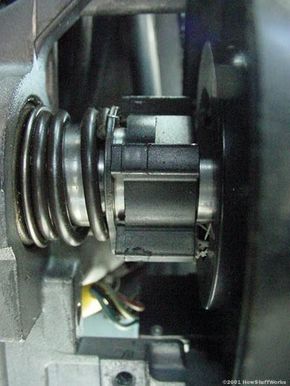In the American southeast, which up until recently was comprised mainly of small towns, it's said that drivers don't use their turn signals because everyone knows where you're going anyway. Turn signals may be the most underutilized device on a car. Yet signaling is one of the most important actions you can take as a driver, warning other drivers of your impending moves to minimize hazardous surprises. You might not see a car in your blind spot, but that car's driver might see your turn signal start to blink before you move into his lane. Failing to signal may be the cause of quite a few accidents, and is probably a big source of "road rage" as well.
To most drivers, turn signals seem pretty simple: You push a lever up or down, causing your turn signals to flash. But there is actually some cool technology at work there. In this article, we'll take a look at the unusual device called a thermal flasher that makes your signals flash, and we'll learn how turn signals cancel themselves after you've made your turn.
Advertisement
But first, let's see how turn signals are wired.
